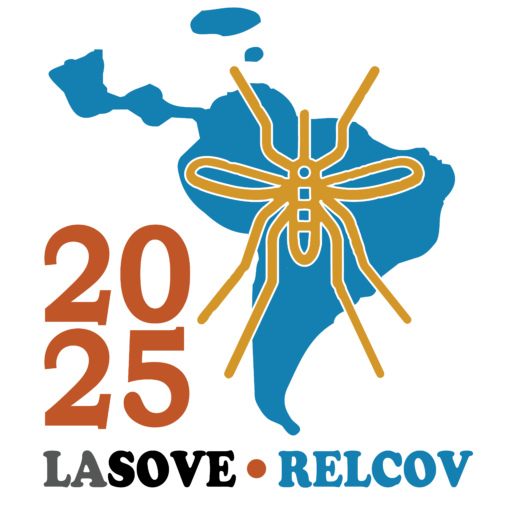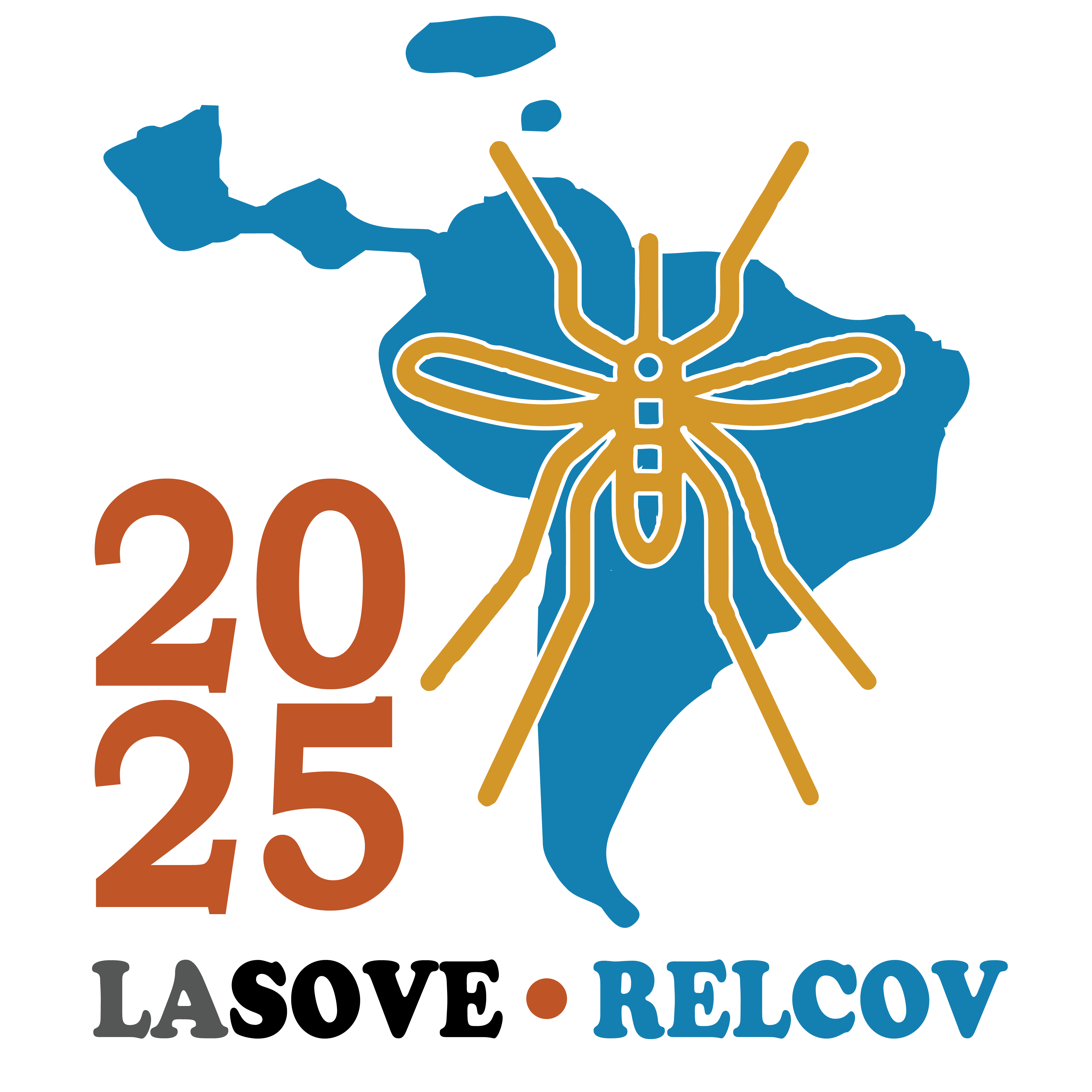Simposio: Enfermedades transmitidas por mosquitos y otros dípteros
SIMPOSIO
Enfermedades transmitidas por mosquitos y otros dípteros
COORDINA: Raquel Gleiser & María Victoria Micieli

Enfermedades transmitidas por mosquitos y otros dípteros
El simposio aborda los arbovirus emergentes y reemergentes transmitidos por dípteros que afectan a América Latina. La discusión incluirá el reciente brote del virus Oropouche en Brasil, sus vectores primarios, los factores que contribuyen a su propagación y el potencial de expansión futura. La reemergencia de la encefalitis equina del Oeste en Argentina y Uruguay será analizada en el contexto de los cambios ambientales y epidemiológicos. Además, se presentará el conocimiento actual sobre la eco-epidemiología de la encefalitis de Saint Louis, el virus del Nilo Occidental y otros arbovirus transmitidos por mosquitos en América del Sur. Los ponentes analizarán las tendencias del virus del dengue, enfocándose en su situación actual y las perspectivas futuras en América Latina. A través de una revisión integral de la bioecología de los vectores, los patrones epidemiológicos y las implicancias en la salud pública, el simposio tiene como objetivo ofrecer una visión profunda de la dinámica de estas enfermedades y su impacto en la salud humana y animal.
Palabras clave: Mosquitos, arbovirus, salud pública.
Créditos de las imágenes utilizadas en esta página web
Aedes dorsalis, imagen por bradenjudson, CC 1.0, Wikimedia Commons (https://commons.wikimedia.org/wiki/File:Aedes_dorsalis.png) | Las imágenes de las personas miembro de los distintos comités de LA SOVE RELCOV 2025 así como las imágenes de los/as oradores/as fueron provistas por las mismas personas para uso exclusivo en esta página web. Los/as autores/as de estas imágenes se reservan el derecho de uso y reproducción de las mismas.
